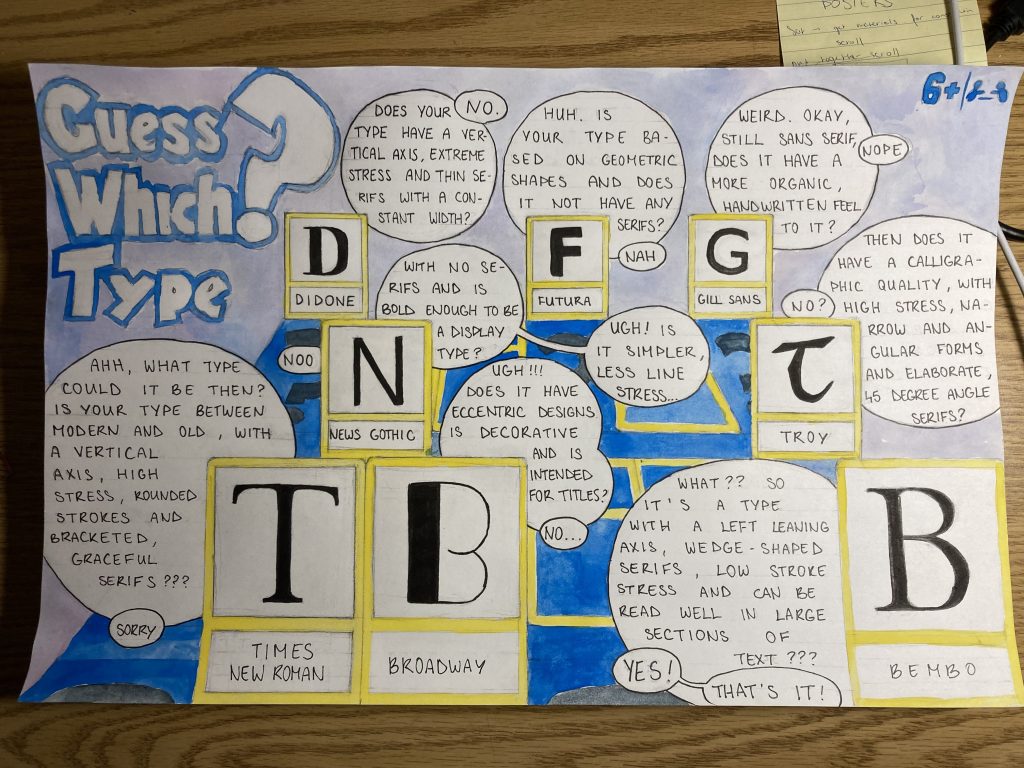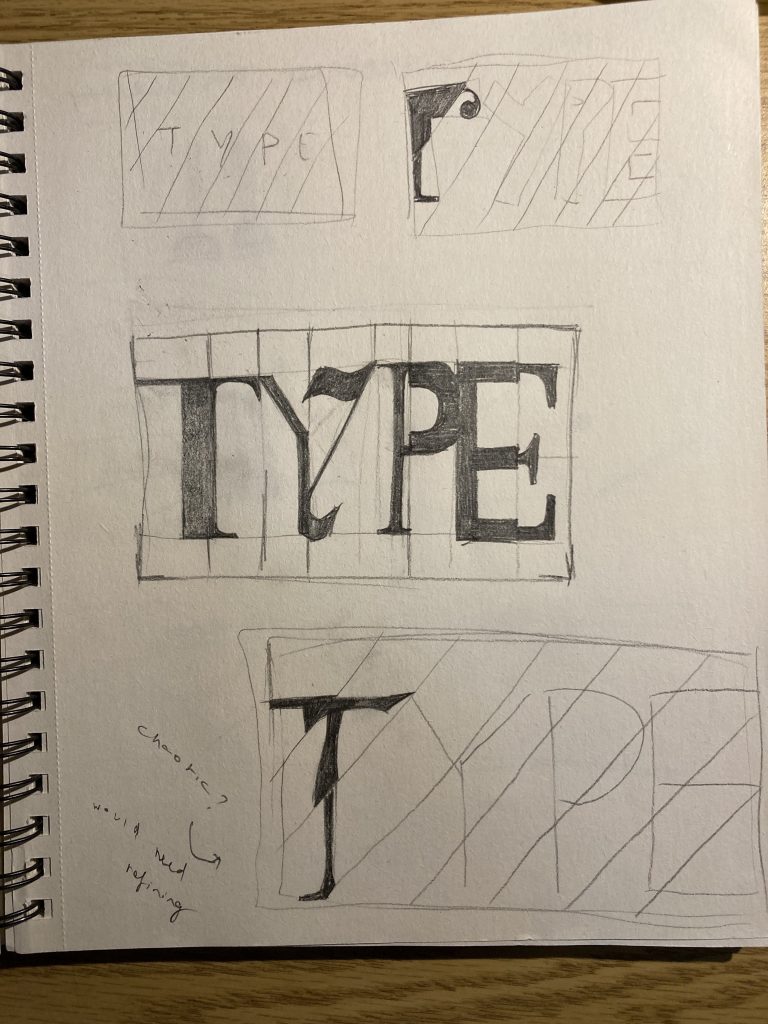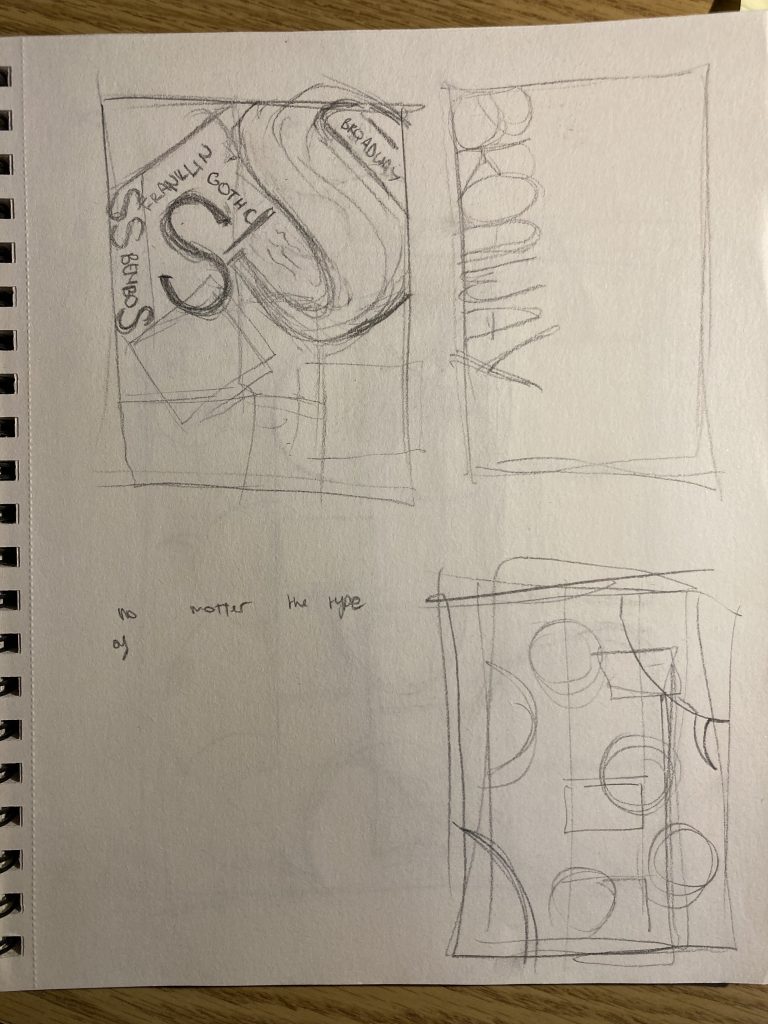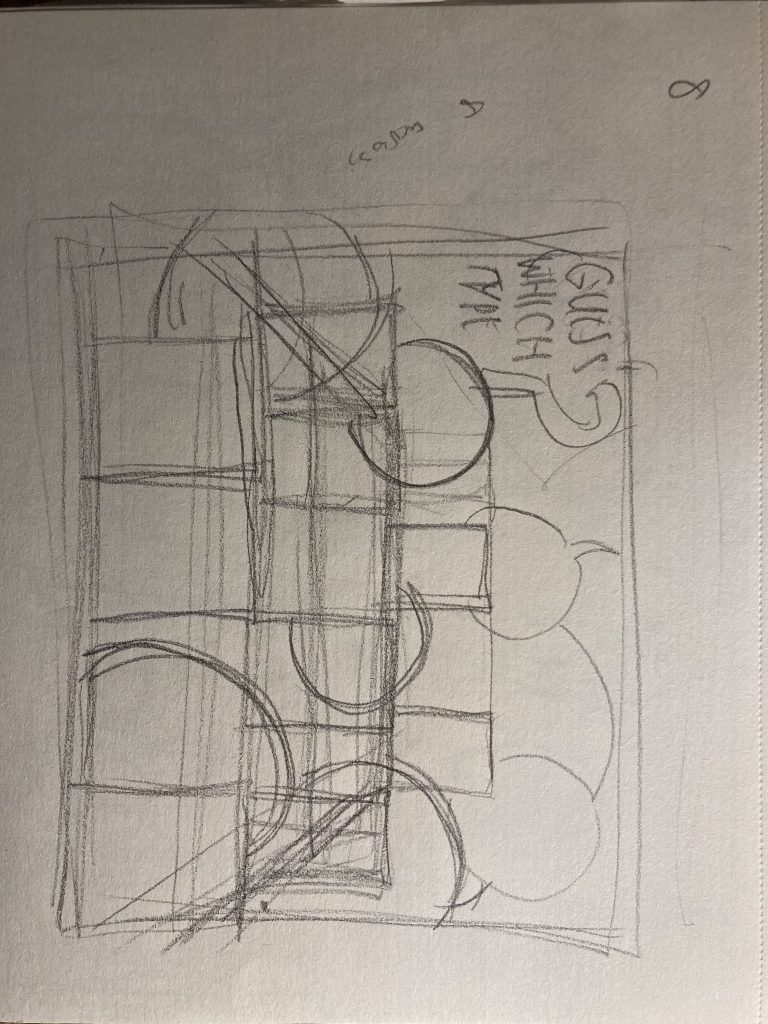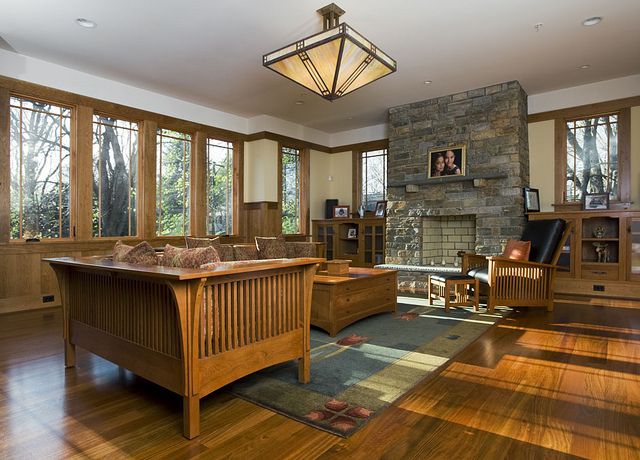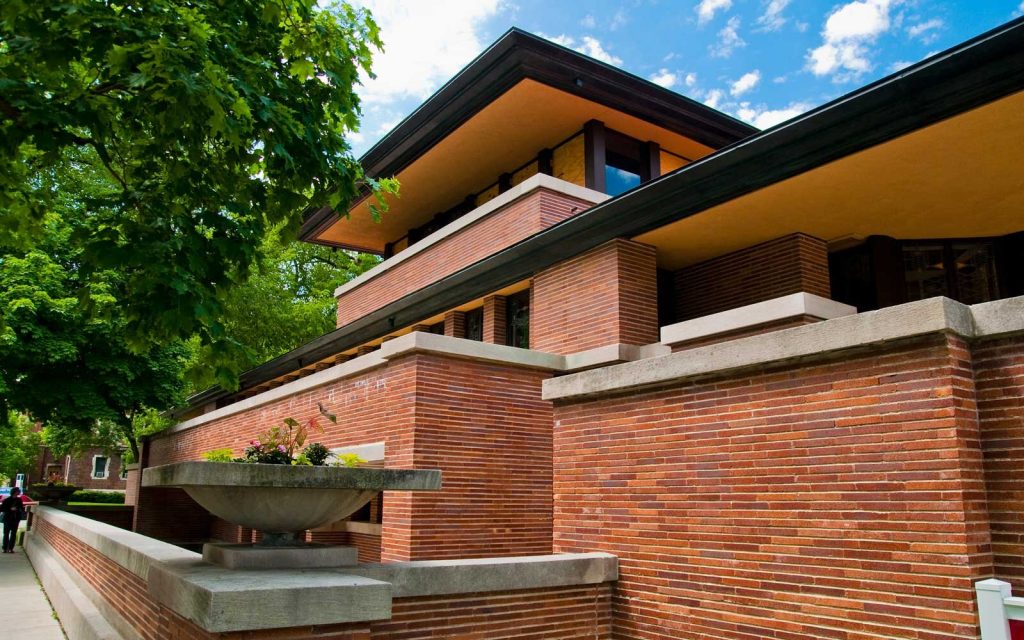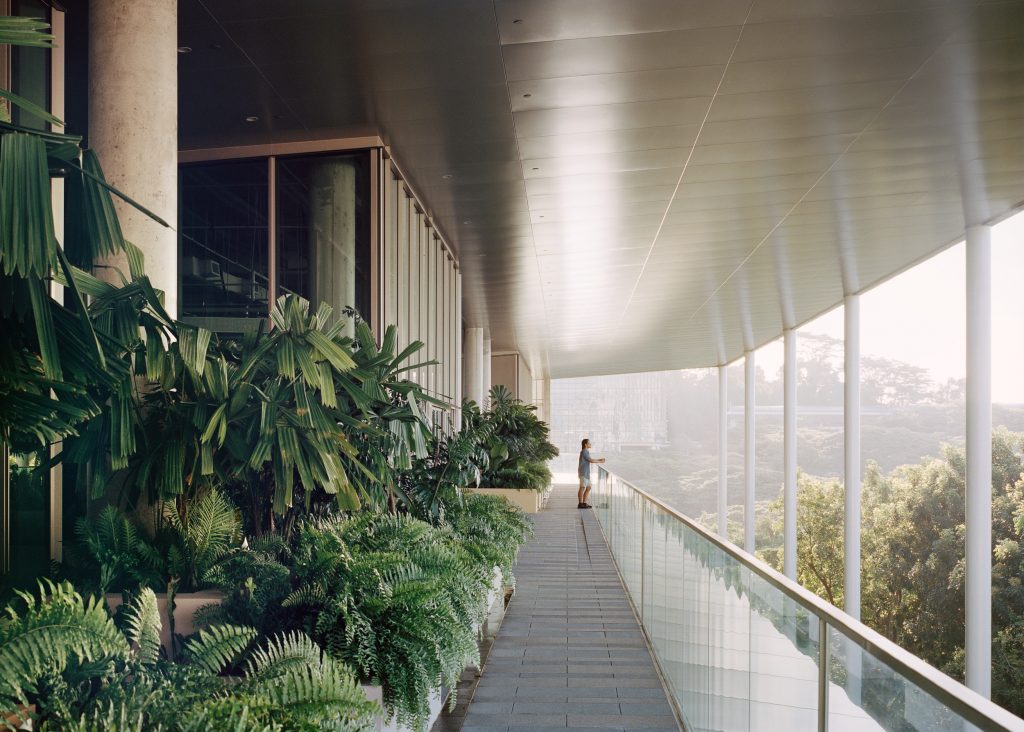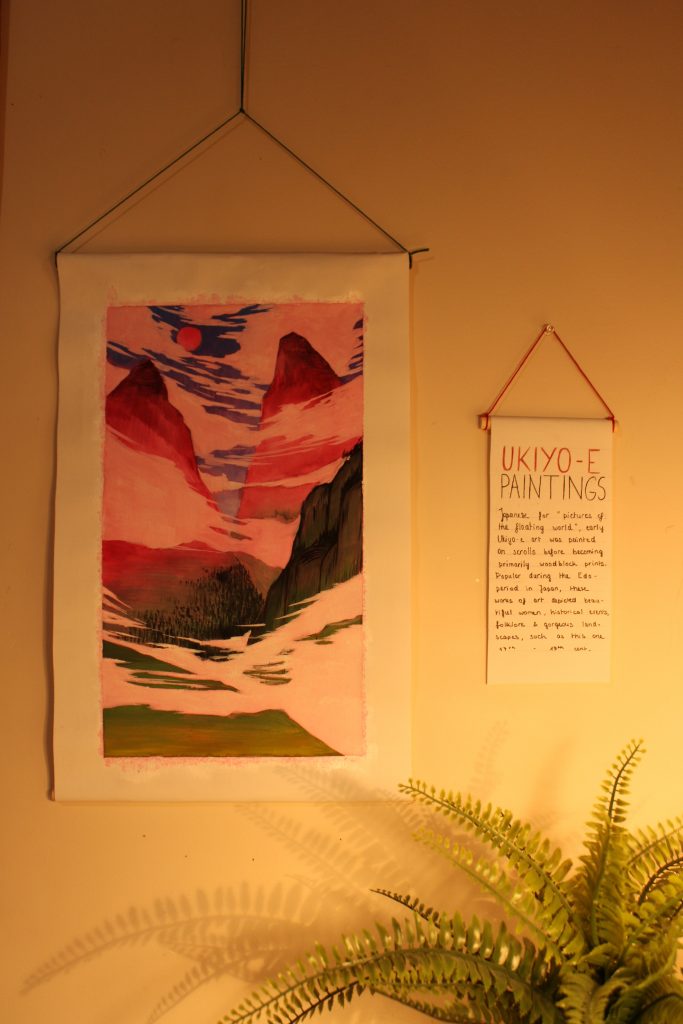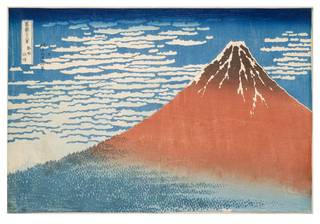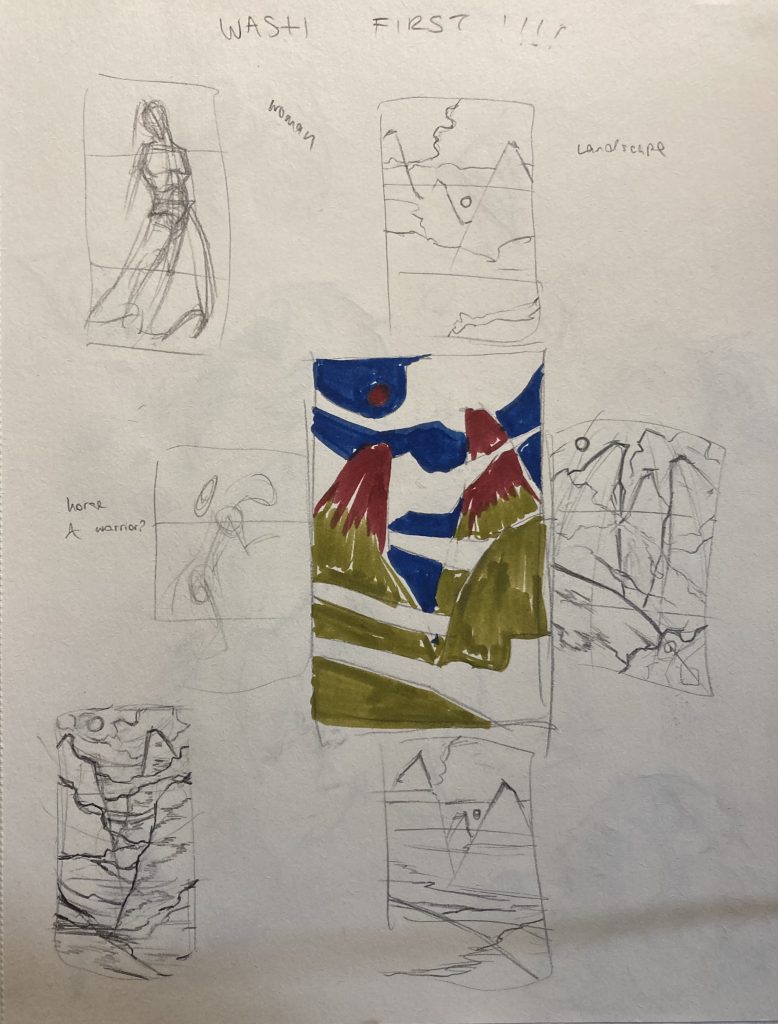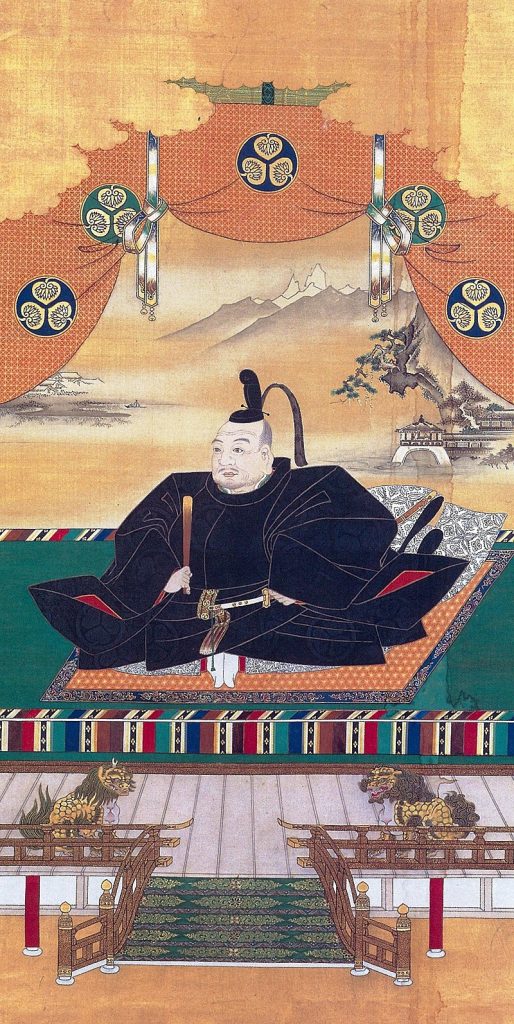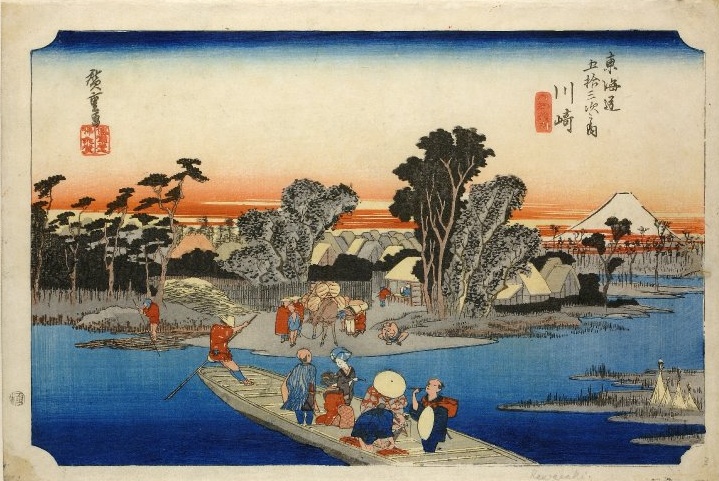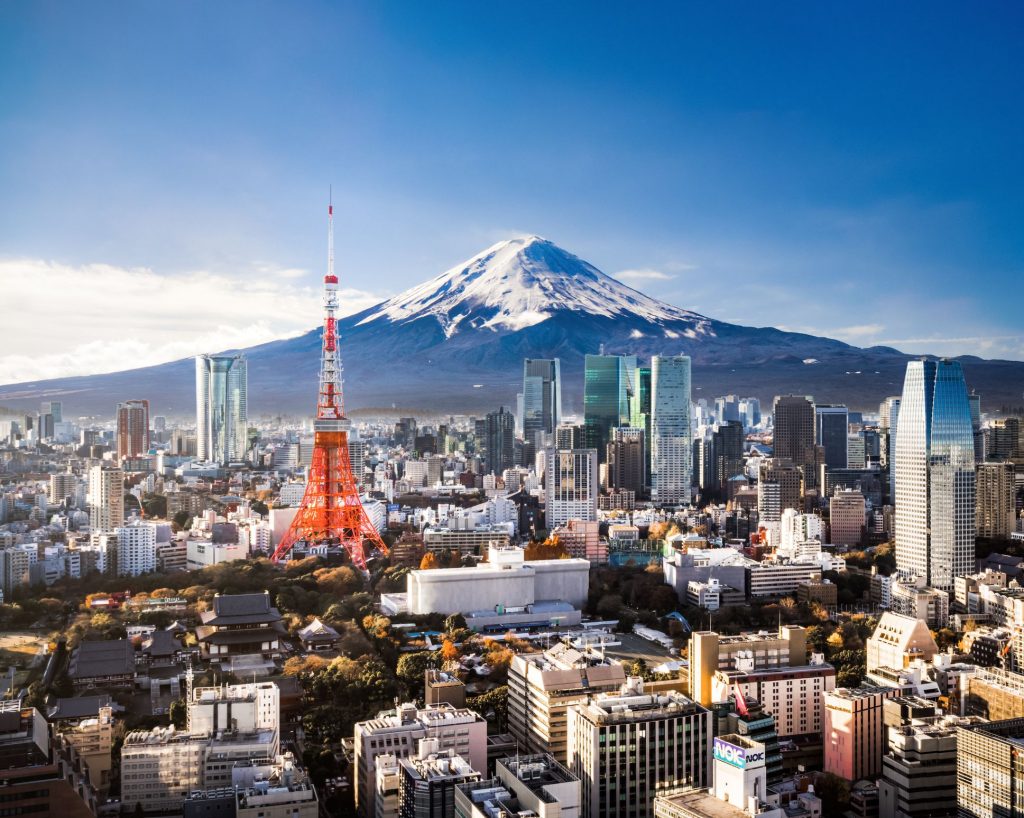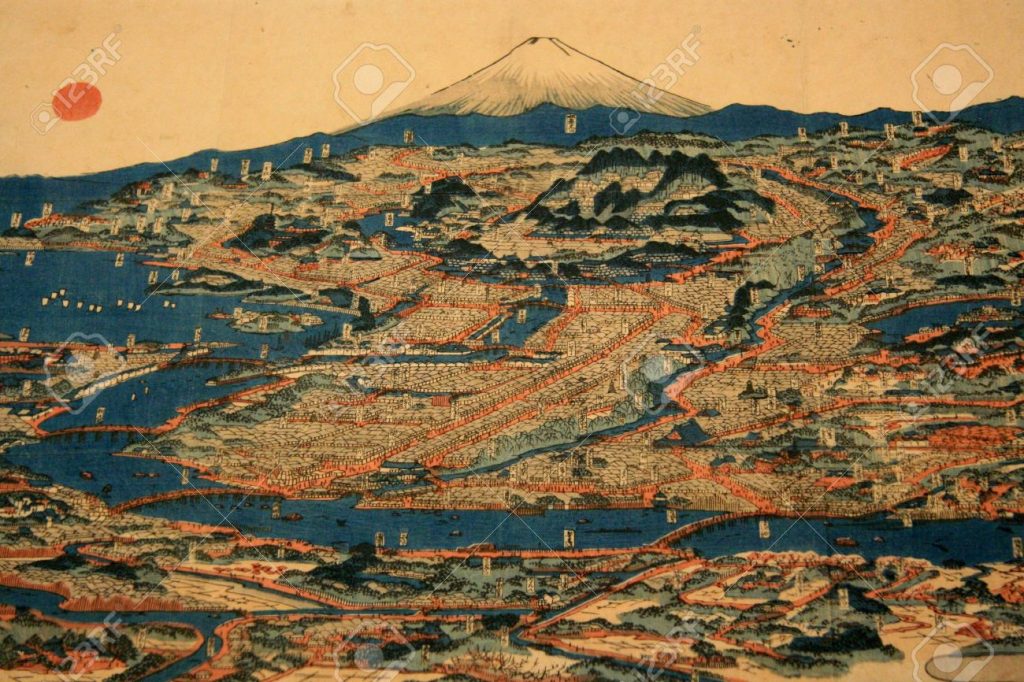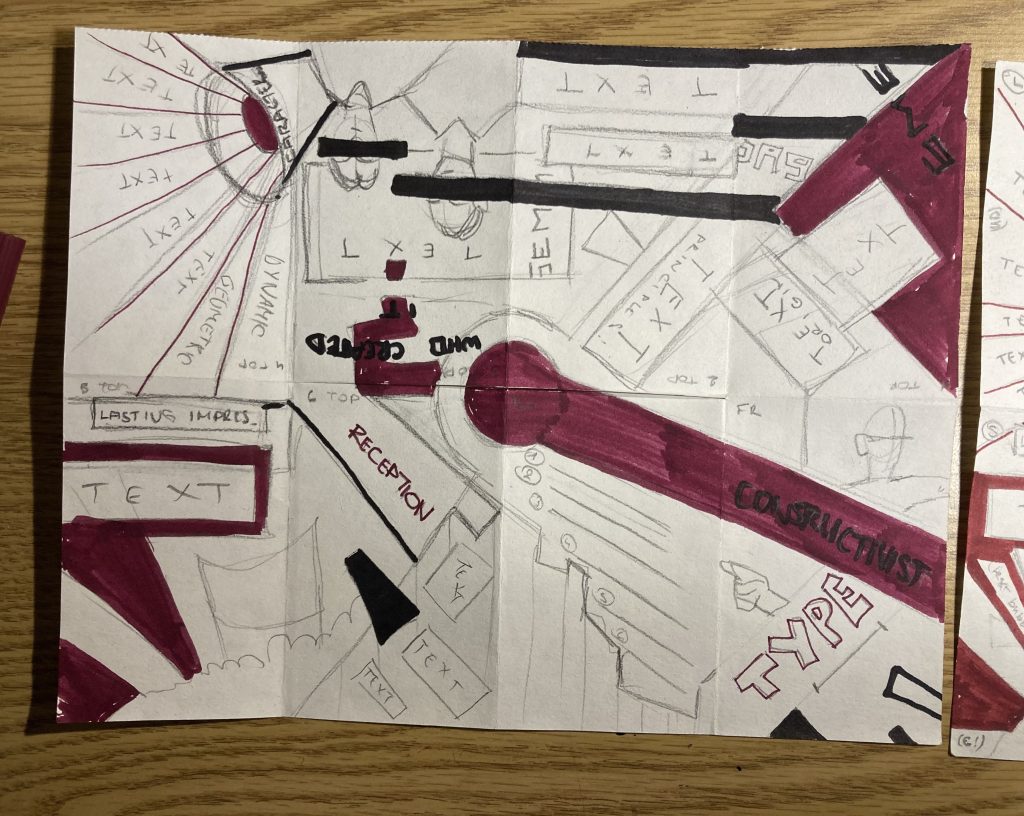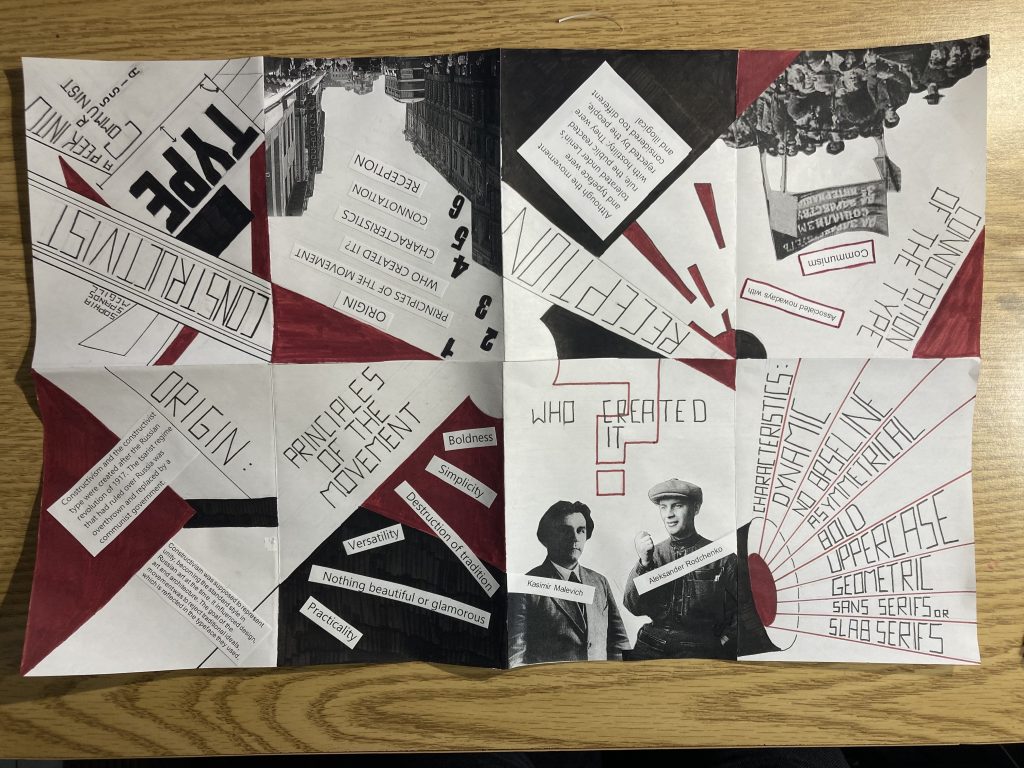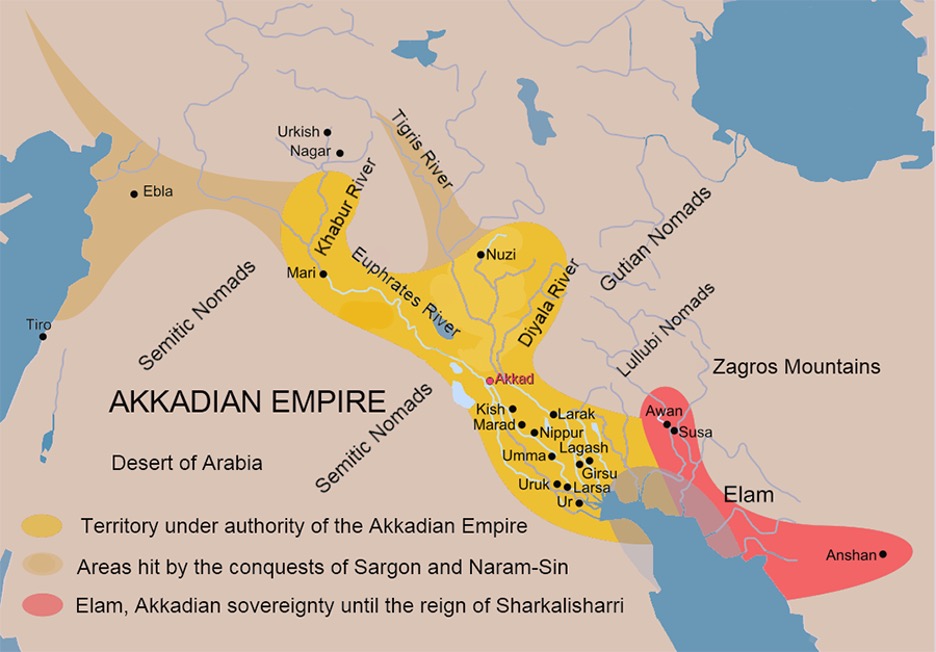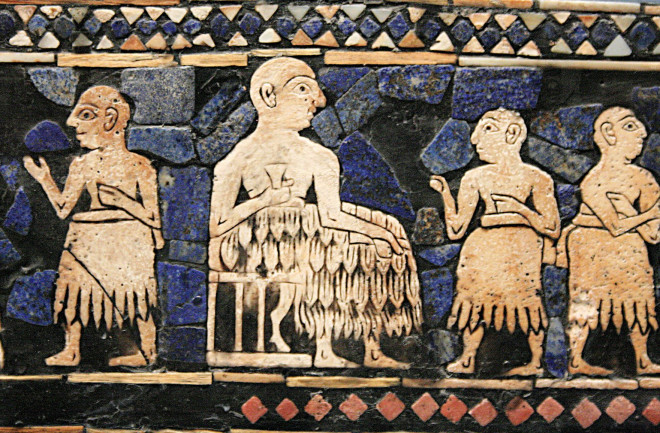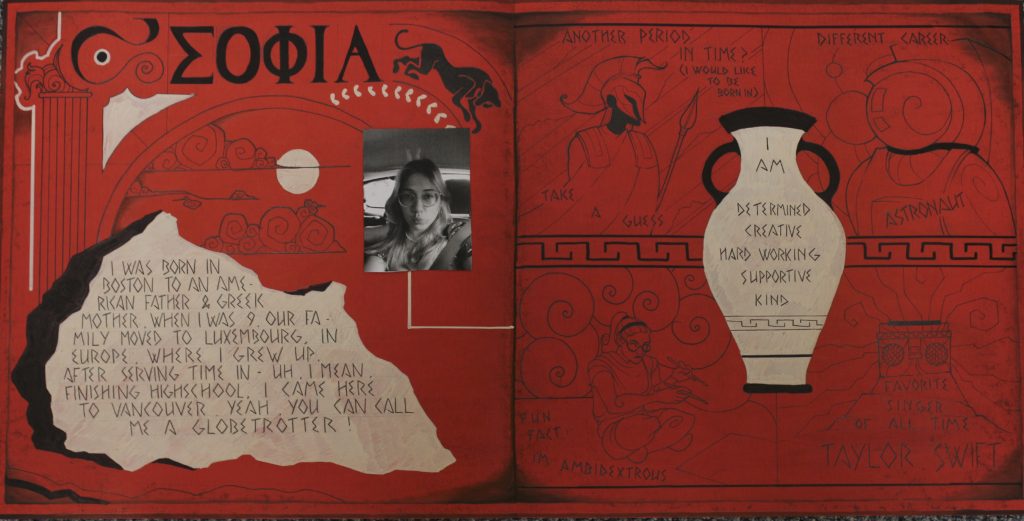The german golden age of art
In the early years of the 20th century, art was thriving. Several movements, from impressionism to the Bauhaus movement were prominent in Germany. Here, many artists grew to be famous, such as Kathe Kollwitz or Auguste Macke. Movements such as new Objectivity and Dadaism were taking flight in Weimar Germany in the 20s. New, experimental forms were being practiced, with artists exploring integrating photography, satyr and so much more into their pieces. It was an era of rebirth and exploration within art. Until it wasn’t.

https://www.pbagalleries.com/content/early-20th-century-german-artists/
The catalyst
Just as the field of art branched off and new branches were created, something similar happened to politics. New movements like Fascism and Communism rose to compete with democracy. In Weimar Germany, the streets quite literally ran red due to the conflict between the far right and the far left. After many years of grappling, fascism slowly trumped socialism and in 1933, Adolf Hitler was elected the Chancellor of Germany. The world was never the same.
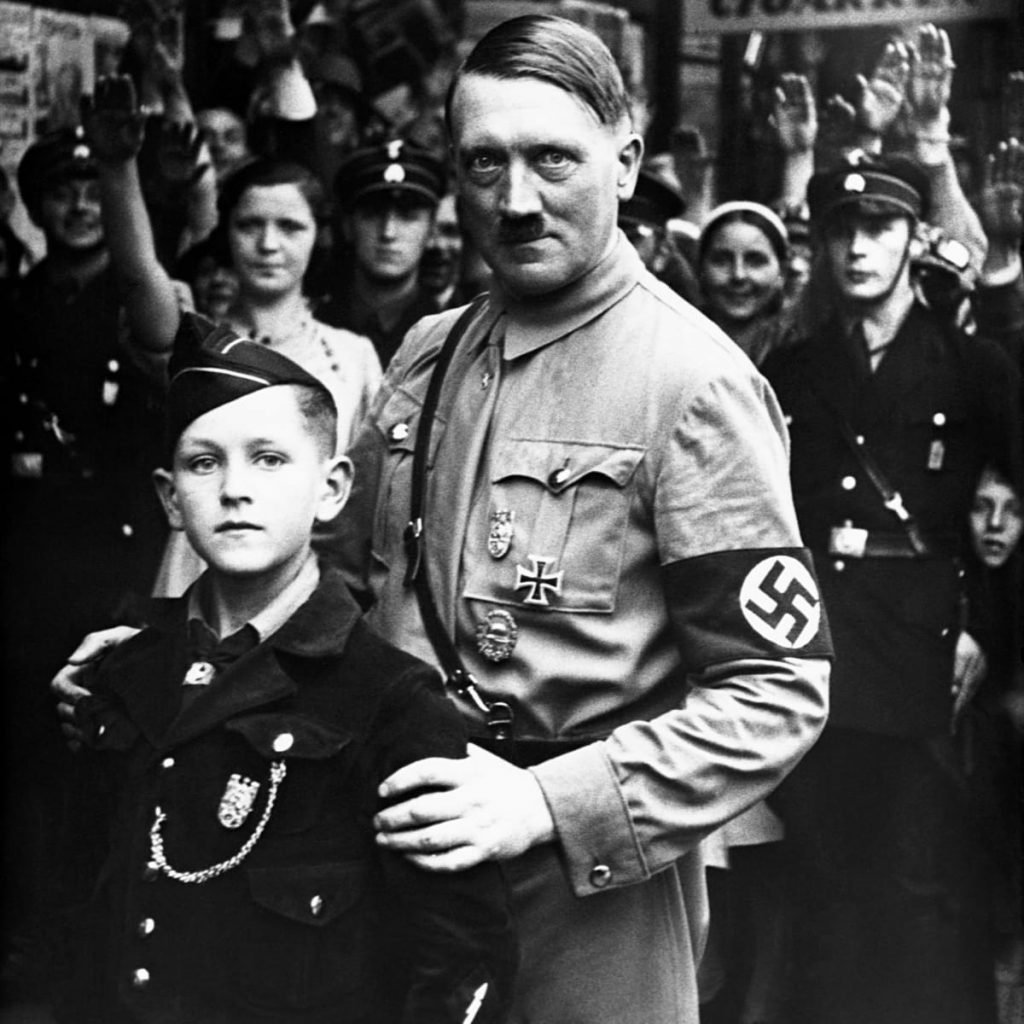
Youthhttps://www.history.com/news/how-the-hitler-youth-turned-a-generation-of-kids-into-nazis
The fall of truthful art
All forms of art faced backlash with the rise of fascism in Germany. In literature, the devastating book burnings wiped through years of stories, poems, and prose. Specifically, Jewish, and contemporary German writers, like Franz Kafka, feared for their lives and lost much of their work too. But the Nazis were especially cruel to visual artists. They took hundreds of pieces of art from museums and collected them for a special exhibit of their amusement. This exhibit was dubbed “Entartete Kunst”, degenerate art in English. Here, these pieces were lazily displayed and laid out for members and supporters of the Nazi party to make fun of. This was not just for their enjoyment, however. They started manipulating German society by twisting and controlling the art they consumed. Via art, the fascist government saw a pipeline for controlling the narrative within Germany at the time. No man understood this better than Joseph Goebbels.

https://www.cbc.ca/news/world/the-books-have-been-burning-1.887172
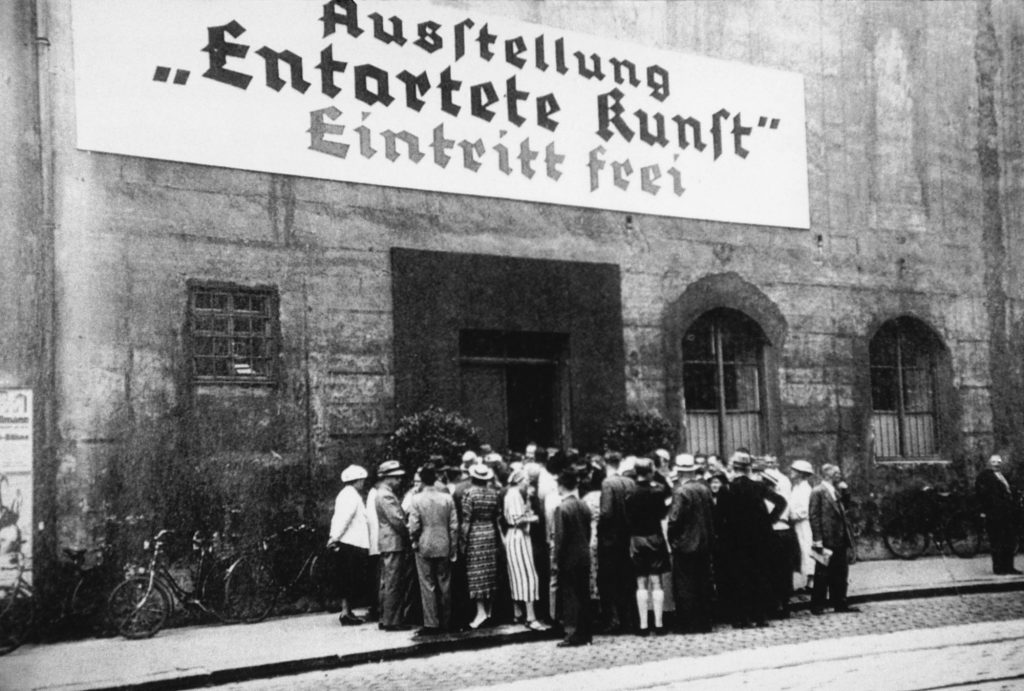
https://www.moma.org/calendar/exhibitions/3868
Joseph Goebbels, the master manipulator
Chief propagandist for the Nazi party, Goebbels was set apart due to his methods. He was quick to join Adolf Hitler, expressing antisemitic views throughout his early adulthood and seeing Hitler’s trial for treason in the early 1920s as a way to spread propaganda of his choosing. He was quick to take action after joining the Nazi party in 1924, rapidly being given many responsibilities. But the role that shaped him the most was his position as the propaganda minister
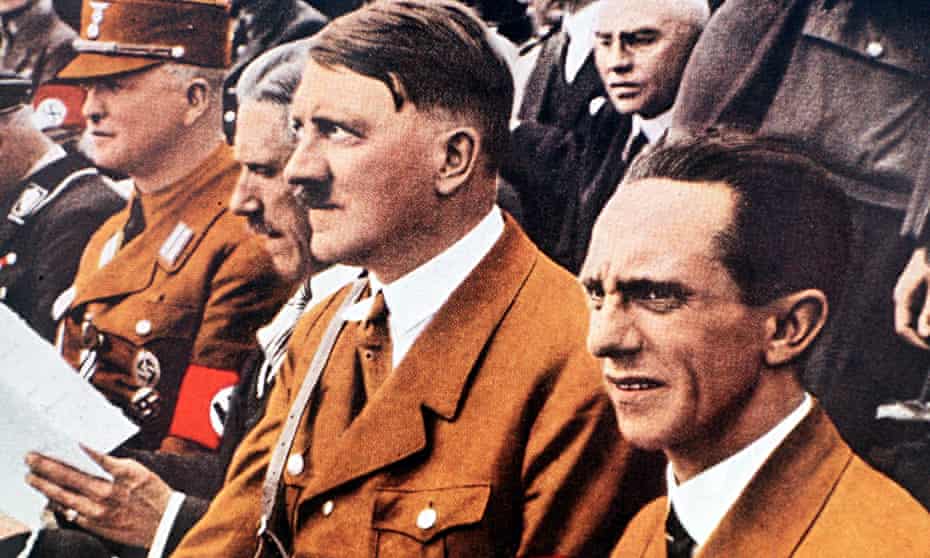
https://www.theguardian.com/books/2015/may/17/goebbels-man-behind-nazi-myth-peter-longerich-review
How art was weaponized
As the Nazi party slowly took control of Germany, Goebbels quickly controlled the media. He was especially keen on using media such as films and radio to spread his propaganda. He presented the Nazi party and the atrocities they were inflicting as good and favorable, brainwashing most of German society into supporting and believing Nazi ideals. Most famously, Goebbels helped contribute to the myth of the fuehrer and helped build Hitler up as this larger-than-life figure. This helped turn the tide of people’s opinions on Hitler, this image of him being a form of messiah for Germany buying his “success” in the Nazi party. Under Goebbel’s watchful eye, propaganda flourished and pushed the boundaries of representative art at the time. Styles were explored to keep the German population engrossed in the war and supporting the Nazis. New ways were created to manipulate people, twisting the way design communicates with people.

https://www.ushmm.org/information/press/press-kits/traveling-exhibitions/state-of-deception/he-is-to-blame-for-the-war
Sources:
